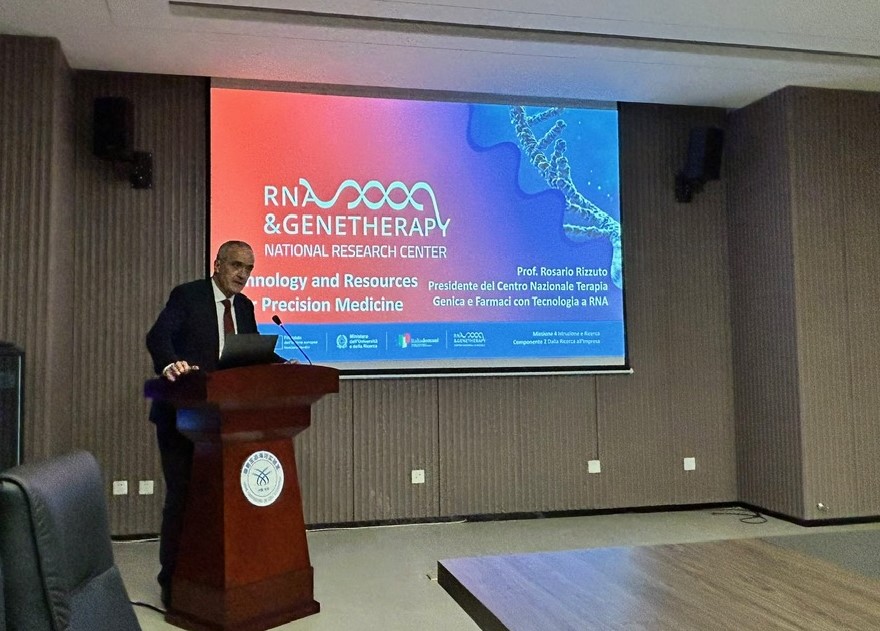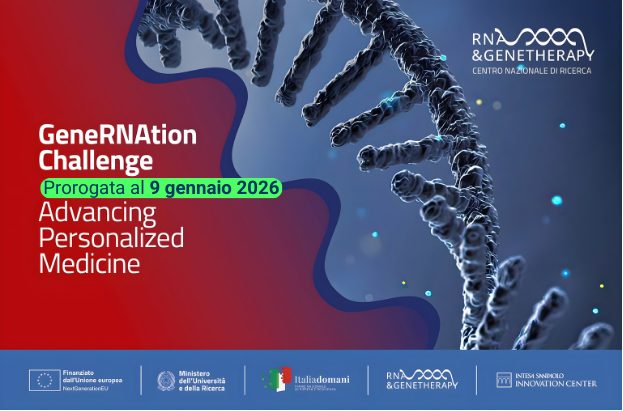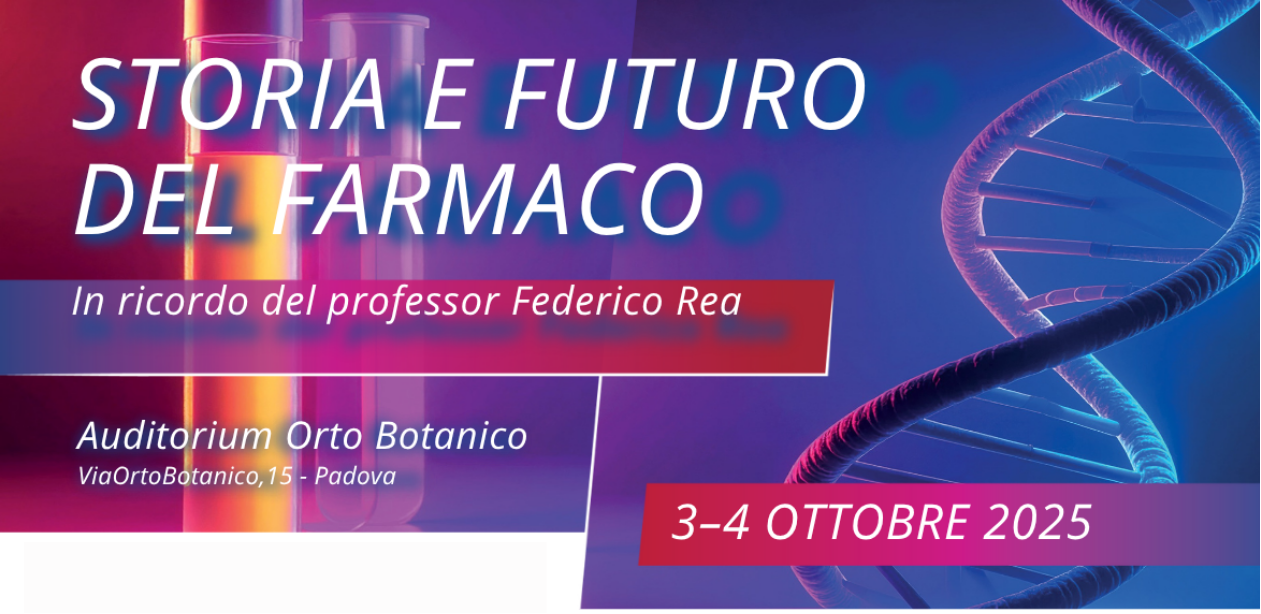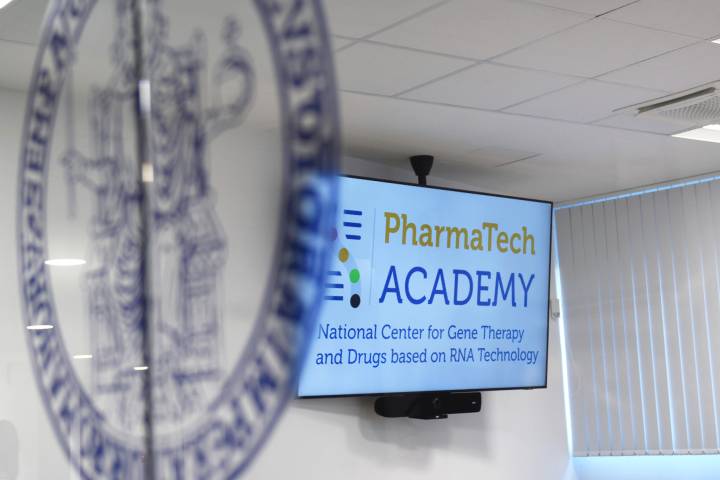Centuries of biological and medical research have shown that each patient is different, and diseases affect individuals in highly variable ways. A one-size-fits-all approach to medicine is no longer sufficient. To treat complex diseases effectively, we need hundreds of cures to address the various ways illnesses develop, spread, and affect the body.
RNA-based therapies represent a breakthrough in precision medicine—the ability to design treatments that target specific diseases at the molecular level. This approach is particularly promising for genetic and rare diseases, such as cholesterol-related disorders that can lead to heart attacks and strokes. By studying how genes regulate cholesterol and inflammation, researchers can develop targeted treatments to prevent or reverse these conditions.
A major focus of research is on improving RNA drug delivery systems to ensure that therapies reach the right tissues efficiently. We now understand that mRNA not only codes for proteins but also interacts with non-coding RNA, which can regulate gene expression by adding, removing, or modifying proteins. By leveraging these mechanisms, RNA-based therapies can treat a wide range of conditions, including aging-related diseases, inflammation, and site-specific pathologies.
Could RNA-based medicine be the answer to all diseases, including hypertension and other major killers? While we are not yet at the stage of a single pill that cures all diseases, precision medicine moves us toward customized treatments that account for each individual’s genetic differences. This shift requires significant investment in biotechnology, infrastructure, and expertise to ensure these therapies are both effective and accessible.
Developing personalized medicines presents financial challenges. The more specific a treatment, the smaller the patient group, which in turn increases the cost of drug development. However, the same RNA technology can be adapted for multiple diseases, making it a valuable long-term investment. If Italy does not actively invest in biotechnology, it risks becoming a mere consumer rather than a producer of cutting-edge therapies.








